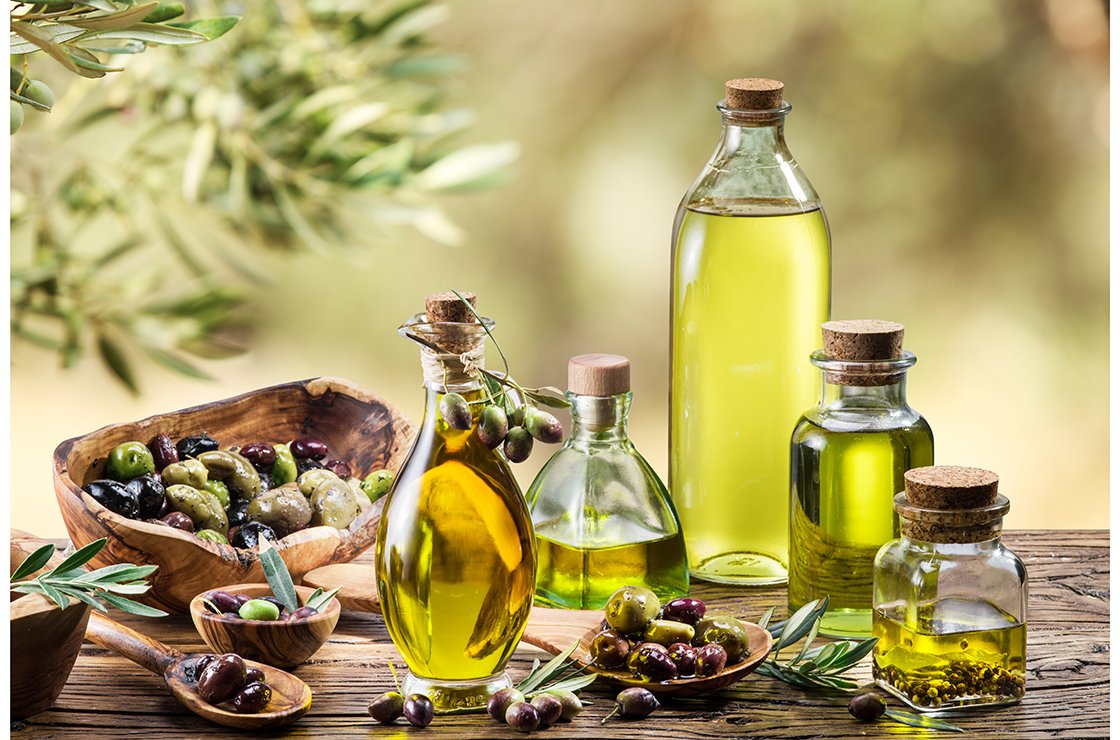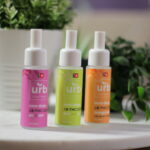Olive oil is a popular and versatile cooking ingredient known for its health benefits and rich flavor. However, like all food products, olive oil does have a shelf life. Many people wonder, “Does olive oil go bad?” The answer is yes, olive oil can go bad, but the shelf life of olive oil depends on various factors, including its quality, storage conditions, and the presence of certain contaminants. In this comprehensive guide, we will explore the signs of olive oil going bad, the factors that affect its shelf life, proper storage methods, and how to use olive oil beyond its expiration date.
Signs of Olive Oil Going Bad:
- Rancid smell: The most noticeable sign of olive oil going bad is a rancid or unpleasant smell. Fresh olive oil has a distinct and pleasant aroma, while rancid oil smells stale or even metallic.
- Off-flavors: Along with the rancid smell, olive oil that has gone bad may have off-flavors. It may taste bitter, sour, or even soapy, indicating that the oil has started to break down.
- Cloudiness: Another visual sign of olive oil going bad is cloudiness. Fresh olive oil is clear and transparent, but if it becomes cloudy or develops sediment at the bottom of the container, it may have deteriorated.
- Changes in color: While olive oil can naturally vary in color depending on the type of olives used, a significant change in color may indicate spoilage. If the oil becomes excessively dark or develops a greenish hue, it’s a sign that the oil is past its prime.
Factors Affecting the Shelf Life of Olive Oil:
- Quality: The quality of olive oil plays a crucial role in determining its shelf life. Extra virgin olive oil, which undergoes minimal processing and has the highest quality, tends to have a longer shelf life compared to lower grades of olive oil.
- Exposure to light and heat: Olive oil is sensitive to light and heat, which can accelerate its deterioration. When exposed to these factors, the oil may oxidize more rapidly, leading to a shorter shelf life. It’s important to store olive oil in a cool, dark place to preserve its quality.
- Oxygen exposure: The exposure of olive oil to oxygen can also contribute to its degradation. Oxygen promotes oxidation, which causes the oil to become rancid. Properly sealing the container after each use can help minimize oxygen exposure and extend the shelf life.
- Contamination: Contaminants such as water, food particles, or even bacteria can introduce spoilage into olive oil. It’s crucial to use clean utensils and ensure the container is tightly sealed to prevent contamination.
Proper Storage Methods for Olive Oil:
To maximize the shelf life and quality of your olive oil, follow these storage tips:
- Store in a cool, dark place: Heat and light can accelerate the deterioration of olive oil. Choose a cool pantry or cupboard away from direct sunlight to store your oil.
- Use airtight containers: Oxygen exposure can cause oxidation and spoilage. Transfer your olive oil to airtight containers, such as dark glass bottles or stainless steel containers, to minimize contact with air.
- Avoid temperature fluctuations: Fluctuating temperatures can negatively impact the quality of olive oil. Keep the storage area relatively consistent in temperature to maintain the oil’s freshness.
- Seal the container properly: After each use, make sure to tightly seal the container to minimize oxygen exposure. This will help preserve the oil’s flavor and prevent spoilage.
Using Olive Oil Beyond its Expiration Date:
If you find yourself with olive oil that has passed its expiration date but still appears to be of good quality, there are a few ways you can still use it:
- Cooking applications: Expired olive oil can still be used for cooking purposes. Its flavor may have diminished, so it’s best suited for recipes that involve high heat or strong flavors, such as frying or marinades.
- Salad dressings and dips: You can also use expired olive oil to make dressings or dips that incorporate other strong flavors. The other ingredients can help mask any slight rancidity in the oil.
- Beauty and household uses: Expired olive oil can be repurposed for beauty and household applications. It can be used as a moisturizer, hair conditioner, or even as a natural wood polish.
- However, it’s essential to exercise caution when using expired olive oil. If the oil has a strong rancid smell, tastes extremely bitter, or shows any signs of mold or unusual discoloration, it’s best to discard it.
- In conclusion, olive oil does go bad over time. The signs of spoilage include a rancid smell, off-flavors, cloudiness, and changes in color. Factors that affect the shelf life of olive oil include its quality, exposure to light, heat, oxygen, and contamination. Proper storage methods involve storing the oil in a cool, dark place, using airtight containers, avoiding temperature fluctuations, and sealing the container properly. If olive oil has passed its expiration date but still appears to be of good quality, it can be used for cooking, dressings, dips, or repurposed for beauty and household applications. However, always use your senses and exercise caution when using expired oil to ensure safety and quality.
- Chemryder 91 Marijuana Strain - September 22, 2023
- Does Olive Oil Go Bad? - July 14, 2023
- 5 Foods to Limit or Avoid While Breastfeeding - July 14, 2023





